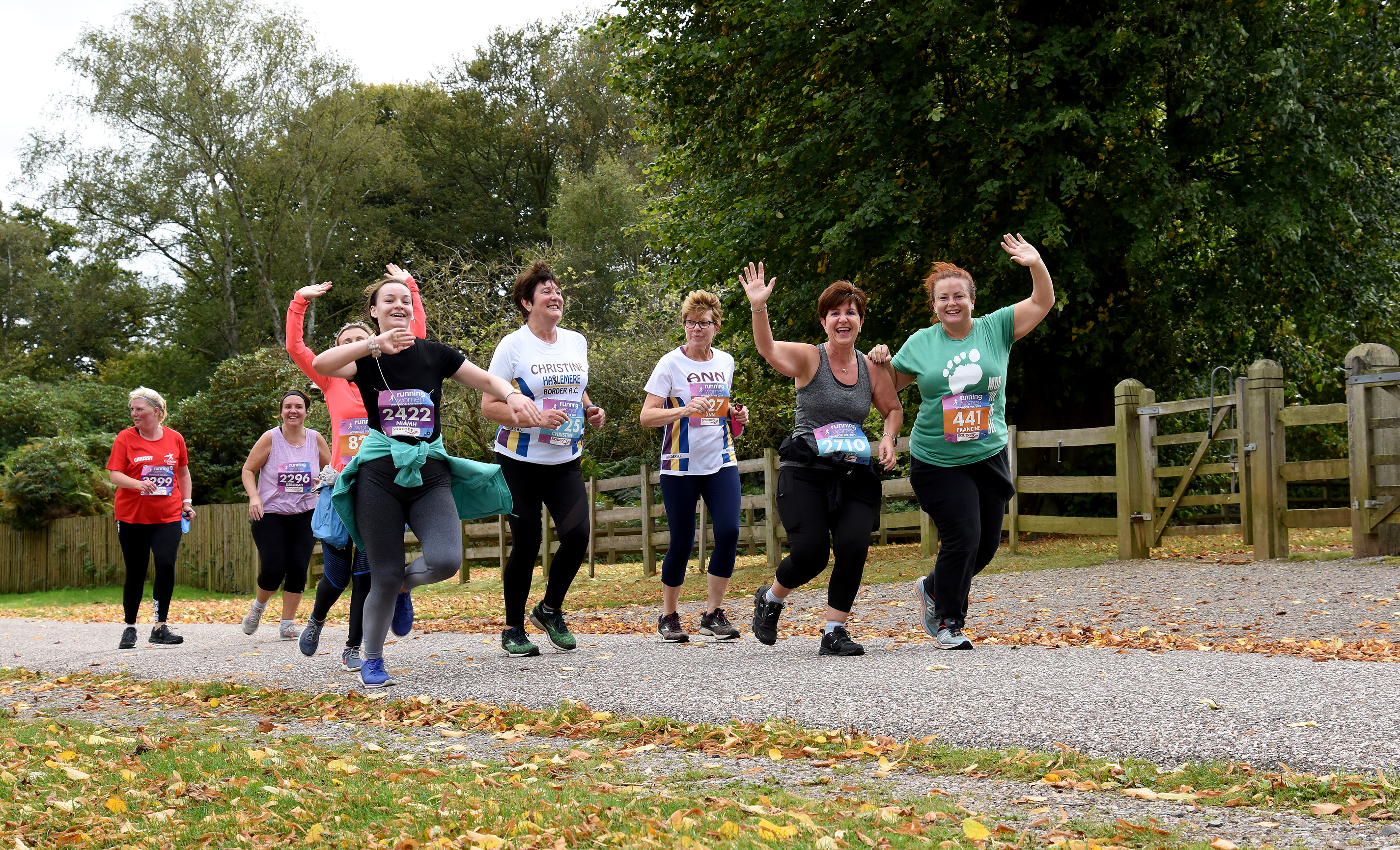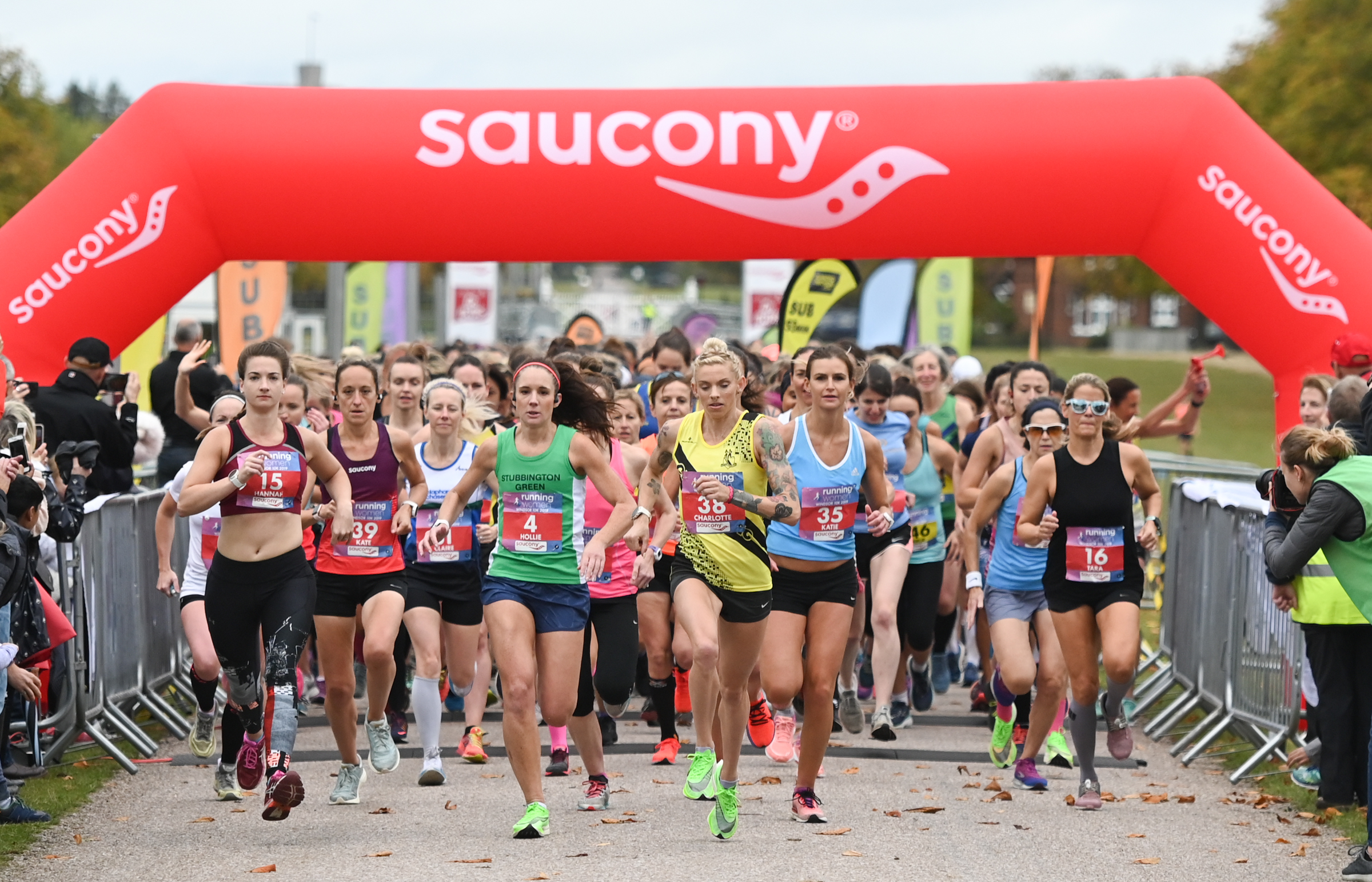9 Tips For Running Your First 10K
Is this your first 10 race? Follow these 9 tips to make it a day to remember.
The 10K is the UK’s favourite race distance – and our Windsor Women’s 10K is one of the most popular 10Ks! It’s no surprise. 10K is challenging but achievable. It gives you an opportunity to push the pace, being long enough that you don’t need to sprint but short enough that you can hold race pace.
10K is the perfect distance for anyone moving up from 5K or making their way up to half marathon. It can also be a training tool as part of your prep for a half marathon or marathon. This is one race distance that fits perfectly with almost any goal!
1 Build Your Mileage Slowly
If you can run 5K (race or distance) you can certainly do a 10K, but you still need to be smart about training. Increase that mileage slowly, with a structured training programme. Add no more than 15% of your total weekly mileage to each week, and make sure you are running 2-3 times per week.
2 Always Warm Up
A 10K training plan will include sessions you may not have done before – like hill reps, speed work, or race pace tempo runs. Always warm up properly before these higher intensity sessions. Jog at your regular steady pace for a mile and then throw in some drills like high knees and butt kicks. A good way to do this is to run a short loop around your house, return home for the drills, then set off properly.
3 Use 10K As Training
Your 10K race doesn’t have to be the final goal! It can be part of your training plan for a longer race. In fact, using a 10K race as a training run is a really good way to test out your race-day organisational skills, as well as your kit, nutrition, hydration, and pacing. Treat it like a race-pace tempo session. You might be surprised by how much better you run under race circumstances.
4 A Varied Training Plan
Make sure your 10K training plan includes a variety of sessions including endurance, speed work, pace work, intensity, and strength. You will need to train at race pace to get used to holding your goal pace. But longer slower runs still have their place, and shorter but faster sessions are immensely valuable.
5 Track Work
As part of your training plan, you might like to do actual track sessions on a local athletic track. This kind of higher intensity work is worth its weight in gold. Contact your local running club to see if they offer track sessions – you’ll then benefit from a structured session, support, and coaching. But you can go by yourself too. Short intervals from 200m-800m will boost your pace and speed. Try 8 x 200m (after a warm up) at 90% of your max effort. Have a 200m jog between each 200m rep. Tough, but effective!
6 Get Strong
Training for a 10K isn’t all about running. You also need to get strong. Strength work doesn’t mean bulking up like a bodybuilder. It just means a small amount of strategic training to support your posture, boost your power output, and make you faster! Strength work can be bodyweight exercises, Pilates, yoga, circuits, or anything that puts a little resistance through your muscles. Focus on strengthening your core and back, and building power with plyometric bodyweight moves like squat jumps and jump lunges.
7 Switch Up The Pace
Training for a 10K means getting out of your one-pace comfort zone. Sure, you can stay at your current pace and get round – which is fine! But if you want to rise to the challenge of 10K, use the opportunity to get a bit faster. Speed work, intervals, tempo runs, and track sessions should be a staple. But you can also use your long runs to work on speed. Introduce varied tempo to those longer runs, holding a 70%-80% effort for a mile, or running one minute every 10 minutes which is 10-20 seconds per mile faster.
8 Run The Race
Before race day, try to actually run the race. What do we mean? Simulate race conditions, including hills, terrain, and time of day. This will boost your confidence as well as your fitness, leaving you free to concentrate on your goal on race day.
9 A Sprint Finish
This might be the last thing on your mind right now, but it’s worth thinking about. How do you want to finish your 10k? How about: strong, fast, confident? If that sounds good, then train for it. Get used to running “negative splits” – that means running the first half of long runs slightly slower, and picking up the pace for the second half. This takes discipline and practice, but it’s well worth it. Once you’ve mastered the negative split, you can get even more geeky with pace. Run the first 3K at a controlled pace, pick it up slightly from 4K-8K, then kick hard for the final 2K.
Similar Posts:
- 9 Tips For Running Your First 10K
- How, When, & Why To Add Speedwork To Your 10K Training Plan
- 10 Tips For Running Your Best 10K
- Training Tips For Your First 10km Race
- How To Run Your Fastest 10K Yet
- How To Run Negative Splits In Your Next Race



